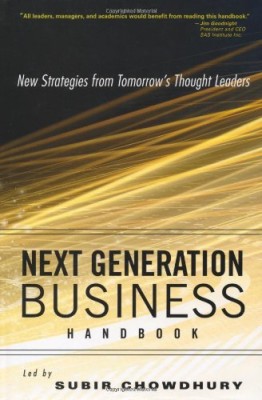When leaders are honest, empathetic, resist compromises, and optimize opportunities to do better—talent follows.
Quality & Economics
The question of quality runs far deeper than business. When quality fails at the societal level, we fail each other. Then the real danger is that we fail to govern efficiently and fairly.
The Challenger space shuttle disintegrated in mid-air, killing all seven astronauts. It was later found that a $900 O-ring was to blame.
Years later, the Space Shuttle Columbia was torn apart during re-entry. This time, it was “unexpected consequences” of large chunks of ice that hit delicate wing parts during launch.
In both cases, official reports concluded that at least part of the problem at NASA was that the agency suffered from “talent drain.” I do not believe that is a complete assessment. According to hearings and research, NASA engineers had issued cautions about design flaws. Some even foresaw the precise failures that caused the disasters. The problem is, the leaders of the organization—the managers, directors, and other decision-makers—ignored the warnings. All of the warnings were passed over by management.
The Challenger and Columbia disasters are a sad legacy for a storied organization like NASA. There was a time when the leaders and managers not only listened to their engineers–they relied on them. In April of 1970, the U.S. manned space program was at its height. Americans had already launched two successful moon missions. Apollo 13 was on the pad and three astronauts blasted off from Cape Canaveral.
On the third day after launch, disaster struck when an oxygen fuel cell ruptured and practically destroyed the service module. The service module was the white cylinder mounted behind the command module. It was packed with vital electrical and thrust equipment. Without it, not only were the astronauts not going to finish their mission, their lives were threatened.
The next three days turned into a fast paced troubleshooting process. The crew, flight controllers, engineers and other astronauts worked to solve one life-threatening problem after another: lack of electrical generation, lack of thrust, lack of room, lack of heat.
They used spare parts and cannibalized components that were not designed to be modified in flight. They used duct tape and space suit parts in ways that nobody ever imagined. Working as hard and fast as they could, the team pieced together a miracle.
At the very end of an agonizing return trip, the entire team had to manually calculate final adjustments to aim the craft at a precise angle for re-entry.
In this instance, the individual talent of every engineer and technician who participated in the discussions was the only thing that could save the lives of the three astronauts. They were motivated, of course, and had a strong desire to change how things were done. In fact, this was an imperative: if had they done things by the book—the way the manuals instructed—the astronauts probably would not have made it back at all.
Everyone in that building had to think more creatively than ever before because human lives depended on it. This was American ingenuity at its best. If any idea had a chance of working, it was considered. No idea was too far-fetched. Square pegs were squeezed into round holes to save the crew of Apollo 13.
In the end, everyone at Apollo Mission Control—from the janitor to the launch director—learned a critical lesson from the experience. They learned that “good enough” is never enough, especially when it comes to dealing with people’s lives. Processes, procedures, and designs were all re-thought over and over again. Nothing was left to chance. No one was satisfied with the status quo.
Six days after launch, the Apollo 13 capsule splash down safely in the Pacific Ocean thanks to ingenuity and teamwork. Although the Apollo program lasted for just four more flights, I’m pretty sure the talent at NASA felt that they could accomplish anything.
Of course, talent does not surface only during crises where lives are hanging by a thread—experience has shown me that talent shows itself when leaders encourage it. When leaders are honest, empathetic, resist compromises on quality, the team—and talent—will follow.



















